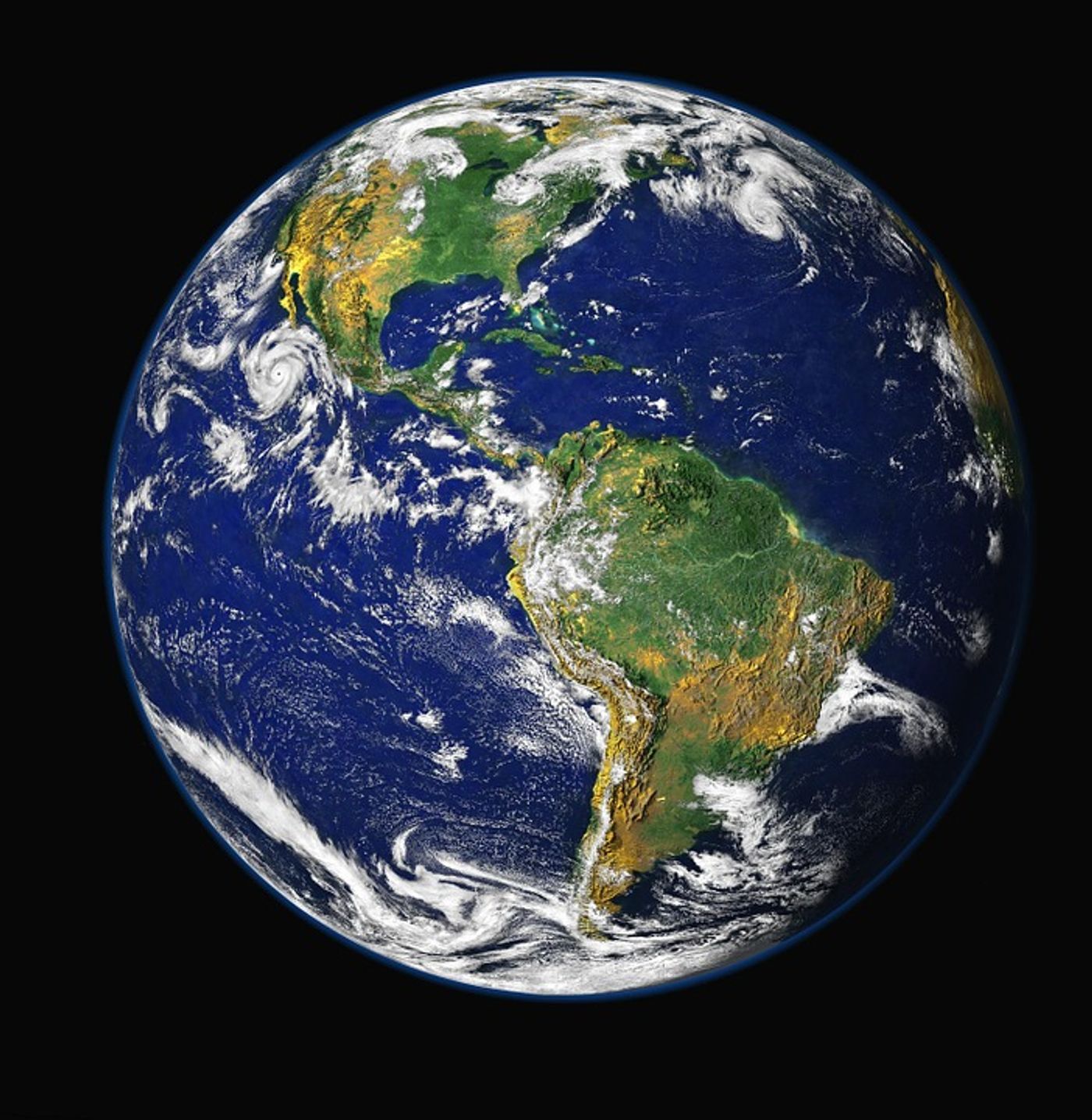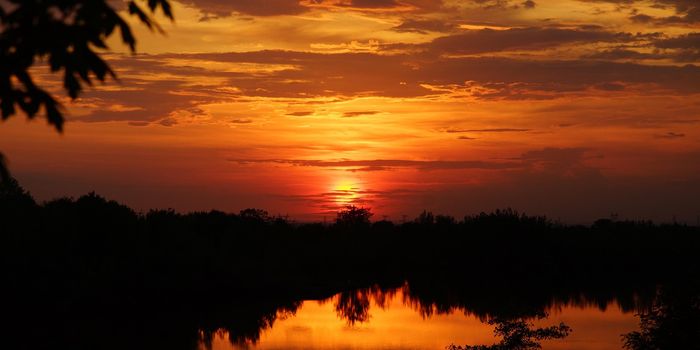How much should we pay to save the planet?
New research from collaborators in Sweden, Germany, Brazil and the USA have developed a financial mechanism meant to encourage the world to invest in nature. The tool allows for countries to gauge their financial commitment to biodiversity by means of three different design options that incentivize international conservation goals. With the fires currently raging in Brazil’s Amazon, this mechanism could not come at a better time.
Lead author Nils Droste from Lund University, Sweden explained the thinking behind the research. “Human well-being depends on ecological life support. Yet, we are constantly losing biodiversity and therefore the resilience of ecosystems. At the international level, there are political goals, but the implementation of conservation policies is a national task. There is no global financial mechanism that can help nations to reach their biodiversity targets.”
"We know that we need to change land use in order to preserve biodiversity. Protecting land from degradation and providing healthy ecosystems, clean air or clean rivers is a function of the state,” Droste adds. “Giving a financial reward to governments for such public ecosystem services will ease the provision of corresponding conservation efforts and will help to put this on the agenda."
For some time now scientists have been calling the current state of our planet the sixth mass extinction. Biodiversity has been under extreme threat to a level only comparable to that from the most recent global mass extinction in Earth’s history. According to the Center for Biological Diversity, we're losing species at up to 1,000 times the normal background rate of one to five species per year – in other words, we’re losing dozens of species every day.
The three design options for the financial mechanism outline distinct ways of contemplating conservation: ecocentric, socio-ecological, and anthropocentric. Science Daily explains them as follows: ecocentric considers only the protected area extent per country, where the bigger the protected area, the better; socio-ecological considers protected areas and Human Development Index, therefore including development justice; meanwhile anthropocentric considers population density, in which people benefit locally from protected areas.
Surprisingly, the study found that the socio-ecological design was the most efficient model. This design resulted in the most money for protecting an extra percent of a country's area, specifically for countries that are the farthest from reaching the global conservation goals. "It would most strongly incentivize additional conservation action where the global community is lacking it the most," commented Droste.
While the study does not specify how much money should be invested in these types of projects or who should compose the investors, it does provide a novel way of contemplating biodiversity conservation that may be helpful for future international policies.
Sources: Science Daily, Conservation Biology, Center for Biological Diversity









